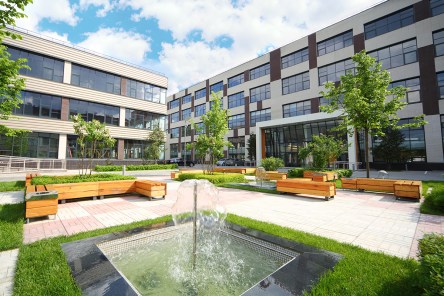In many commercial leases, tenants are responsible for rent and a share of the property expenses. Common area maintenance (CAM) fees help cover the direct expenses of maintaining areas shared by all tenants. If you’re a commercial landlord or property manager, you might charge monthly fixed CAM fees based on estimated expenses, then run a reconciliation against actual expenses at the end of the year. But because CAM expenses vary depending on the actual charges accrued, manually reconciling estimated CAM charges with actual charges can be time consuming. Larger operators have long been able to automate CAMs with Yardi Voyager Commercial. Commercial property managers with smaller portfolios can now do the same thing using Yardi Breeze. It’s one easy way to save yourself a significant chunk of time. What do CAMs include? CAMs can include the cost of maintaining both internal and external spaces. Internal common areas may include elevators, public restrooms, hallways, lobbies and more. Outdoor common areas often include parking lots, landscaped spaces and signage. Clearly stating what your CAM fees cover upfront can help you avoid leasing disputes later. CAM fees are usually allocated to tenants on a pro rata basis, meaning the more square footage a tenant rents, the greater their percentage of CAM expenses. How do CAM charges work? Tenants pay a monthly estimated charge for the property expenses. The actual expenses are tracked in recoverable expense accounts throughout the year. Then, at the end of the year, a reconciliation is done. The tenant’s share of the actual expenses is calculated. The tenant’s share is compared to the estimated charges the tenant has paid. If the expenses are greater, an additional charge is created for the tenant. If the estimates are greater, the tenant gets a credit. Saving time...

